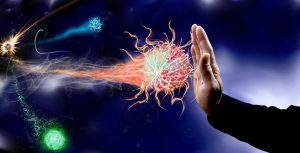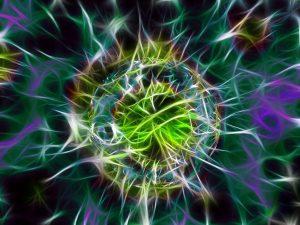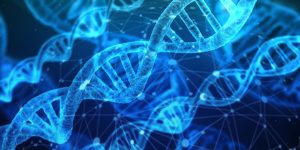by William Gan

The immune system, the body’s defense mechanism, is what protects us against pathogenic infections. In a nutshell, it is a complex network of specialized cells and proteins that interact with one another, generating unique signals to eliminate foreign pathogens. In the world of research, immunologists are the people that strive to unravel the secrets that lurk within the many different aspects of immunity.
One of these stories began in 1891, when Hans Ernst August Buchner discovered a blood serum factor responsible for killing bacteria, naming it ‘alexin’, later renamed as ‘complement’ by Paul Erlich at the turn of the 20th century. As part of the innate immune system, complement enhances the ability of antibodies and other immune cells to clear pathogens, also playing roles in inflammation and killing of microbes.
The complement system is simply a collection of small proteins, dispersed in blood plasma in their inactive forms like mines in a minefield, waiting to be triggered by immune complexes, foreign material, damaged cells, etc. All three activation pathways in this complex system lead to the generation of C3 convertase, a protease made up of other activated complement protein fragments, cleaving C3 to make C3a and C3b.
C3b covalently binds to pathogenic surfaces, marking a target to be eliminated by phagocytes. Most importantly, it associates with its ‘maker’ to form C5 convertase that drives the terminal pathway, ultimately creating a membrane attack complex that literally rips a hole on a targeted membrane! In this chaotic cascade of protein-protein interactions, regulatory proteins exist to inactivate complement and prevent ‘unwanted explosions’, much like a dedicated bomb defusal squad.

But imagine if these ‘bombs’ could somehow go rogue, perhaps through mutations that result in an altered protein function, or autoantibodies against regulatory proteins that tip the balance of complement control. The involvement of complement is the reason behind complications such as age-related macular degeneration, atypical haemolytic uraemic syndrome (aHUS) and especially paroxysmal nocturnal haemoglobinuria (PNH), characterised by complement-mediated destruction of red blood cells!
A major breakthrough in complement therapeutics came in 2007, with the release of eculizumab (Soliris), a terminal pathway inhibitor that proved to be effective in treating aHUS and PNH. However, drawbacks such as high costs and risk of meningococcal infections presents limitations to treatment but paves the way for next generation drugs like ravalizumab. C1 esterase inhibitors ie. Cinryze, Berinert and Ruconest, function to completely switch off complement and are currently used to treat hereditary angioedema.
The therapeutic landscape is constantly changing with the many possible innovations to improve future therapies ie. alternate drug administration routes, physiological barrier crossings, etc. But in the end, complement-mediated diseases constantly beg the question of the level of inhibition required, raising much interest as an ideal therapeutic choice. By modulating and reducing complement activity rather than turning it off, homeostasis could be restored thus treating disease while simultaneously maintaining the role of complement in immune defense!
Inspired by my final year research project and this simple, easy-to-understand video on complement:
https://youtu.be/BSypUV6QUNw
Compendium of current complement therapeutics. (Newcastle researchers involved!) –
https://www.ncbi.nlm.nih.gov/pubmed/31446305



